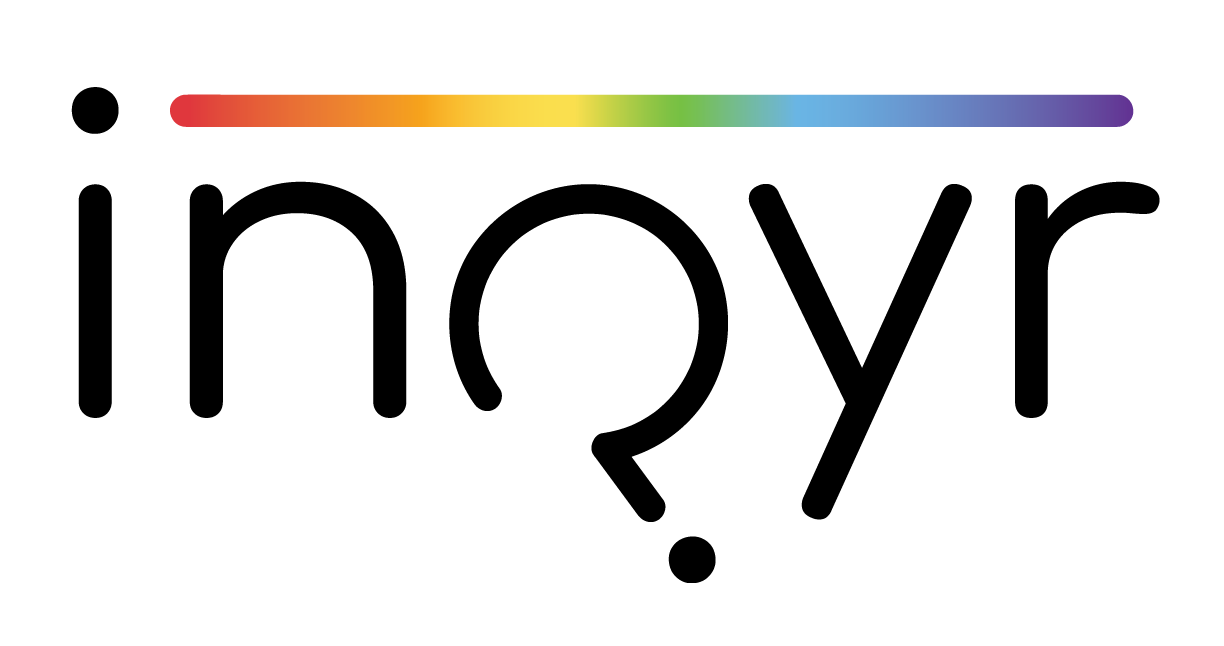QueerVIEW: Protocol for a technology-mediated qualitative photo elicitation study with sexual and gender minority youth in Ontario, Canada
Craig, S.L., Eaton, A., Pascoe, R., Egag, E. McInroy, L., Fang, L, Dentato, M. & Austin, A. (2020). QueerVIEW: Protocol for a technology-mediated qualitative photo elicitation study with sexual and gender minority youth in Ontario, Canada. JMIR, 9(11), e20547. https://doi.org/10.2196/20547
Highlights
Background
It is important to explore the resilience and intersectionality experienced by sexual and gender minority youth (SGMY).
Particularly understudied are SGMY who identify as transgender, trans, or gender nonconforming and have experiences with child welfare, homelessness, or immigration.
Study Description
Objectives
(1) Enhance understanding of SGMY identities, both online and offline
(2) Identify experiences of intersectionality among culturally, regionally, and racially diverse SGMY in Ontario, Canada
(3) Explore online and offline sources of resilience for SGMY
(4) Develop and apply a virtual photo elicitation methodological approach
Methods
This is the first study to use a completely digital photo elicitation methodology including data collection, recruitment, interviewing, and analysis
Participants were SGMY that had multiple identity intersections related to child welfare, gender diversity, newcomers and those who had experienced housing instability
Intersectional SGMY submitted 10–15 digital photos and participated in an individual semistructured interview that focused on their photos and related life experiences
We are analyzing data using a constructivist grounded theory approach, with six coders participating in structured online meetings that triangulated photo, video, and textual data
Key Findings
A complete research protocol of a digital photo elicitation study is mapped in this publication
SGMY endorsed the digital photo elicitation and online design of the study, and many reported experiencing emotional catharsis from participating in this process

